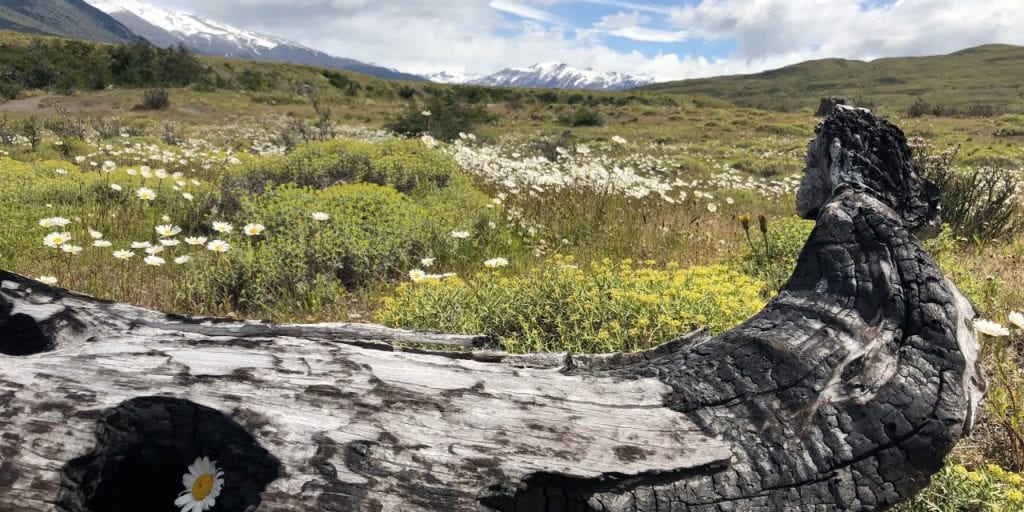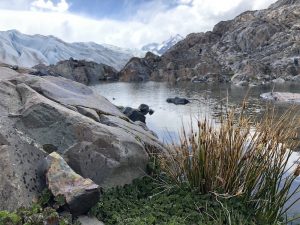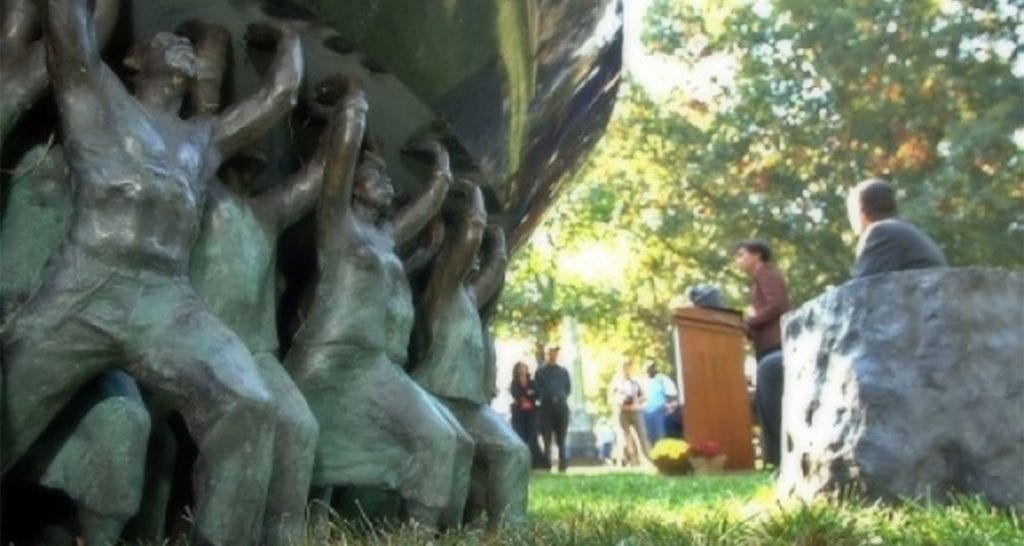It was truly terrific to see so many parents join us last Thursday at Middle School Meet the Teacher Night. This event for parents is much like the first days of school for the students. There were new parents getting to know other new parents and returning parents catching up with one another. There were those confused by their schedules and went to the wrong classes, those who raced from one class to the next, and those who skipped (no, the kids didn’t try this). And, just like the students, everyone moved between classes in packs. I loved trying to figure out which parents belonged to which students!
Most similar was the energy and enthusiasm that parents brought about learning, as well as affirmation for the talents of our teaching staff. I constantly heard the comment, “I wish I could have gone to middle school here”.
While appreciated, this comment doesn’t totally surprise me. I don’t know of many people who have amazing memories of their middle school years (people typically remember their high school years in more detail and with nostalgia), and I believe that much of what is remembered about middle school is informed by non-academic experiences.
The transitions, the heightened awareness of self and others, the dramatic physical changes, the social influences and interactions–all the “other stuff” that is happening during these fast and ever-changing adolescent years—can overshadow the academic aspects. If you’ve happen to see the recent movie, Eighth Grade, it hits on these other aspects.
There is so much going on in this three-year period before high school that the best classroom experiences can be somewhat diminished in the memory. So, later as adults, when parents come to visit their own child’s middle school, it is with a much more focused perspective that allows for a better appreciation of the academics.
This actuality doesn’t dissuade our middle school faculty and staff from giving its absolute best effort to engage students in a challenging, interesting, and dynamic program that is cognizant of the unique needs of middle schoolers. Just recently, as I walked the halls, I observed
- students engaging in a reflective writing exercise that asked them to compare Walt Whitman’s poem about America to their own personal poem about America;
- in one science class, students travelling via video, viewing the earth from space with astronauts while listening to them speak about the global interconnectedness of humans and our environmental impact on the earth;
- in another science class, students making observations about atmospheric pressure by watching a balloon expand and contract in a glass container; and
- in the seventh and eighth-grade world language classes, students reactivating their listening and speaking skills by sharing in the target language what they had done over the summer.
Early on, our wonderful IS staff provided up-close and personal tech training to help our sixth graders develop familiarity and comfort with their new tablets. After such a session, one sixth grade student shared with me that he thought “computers were great” and he was delighted to have had the opportunity to “Lewis and Clark” (explore) on the tablet.
In addition to lots of interesting class activities, there have been events focused on developing friendships and connections between students and faculty. From the seventh-grade advisory tug-of-war, to the eighth-grade day of Elympics, to this week’s sixth-grade trip to Camp Caraway, time is spent on nurturing the social and community growth of our students. It takes a committed faculty and staff, working together, to develop such a holistic and comprehensive program.
We only are in our third full week of school and so much has already taken place within these walls! What an exciting year awaits us!









